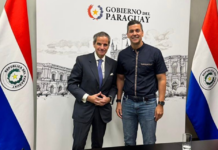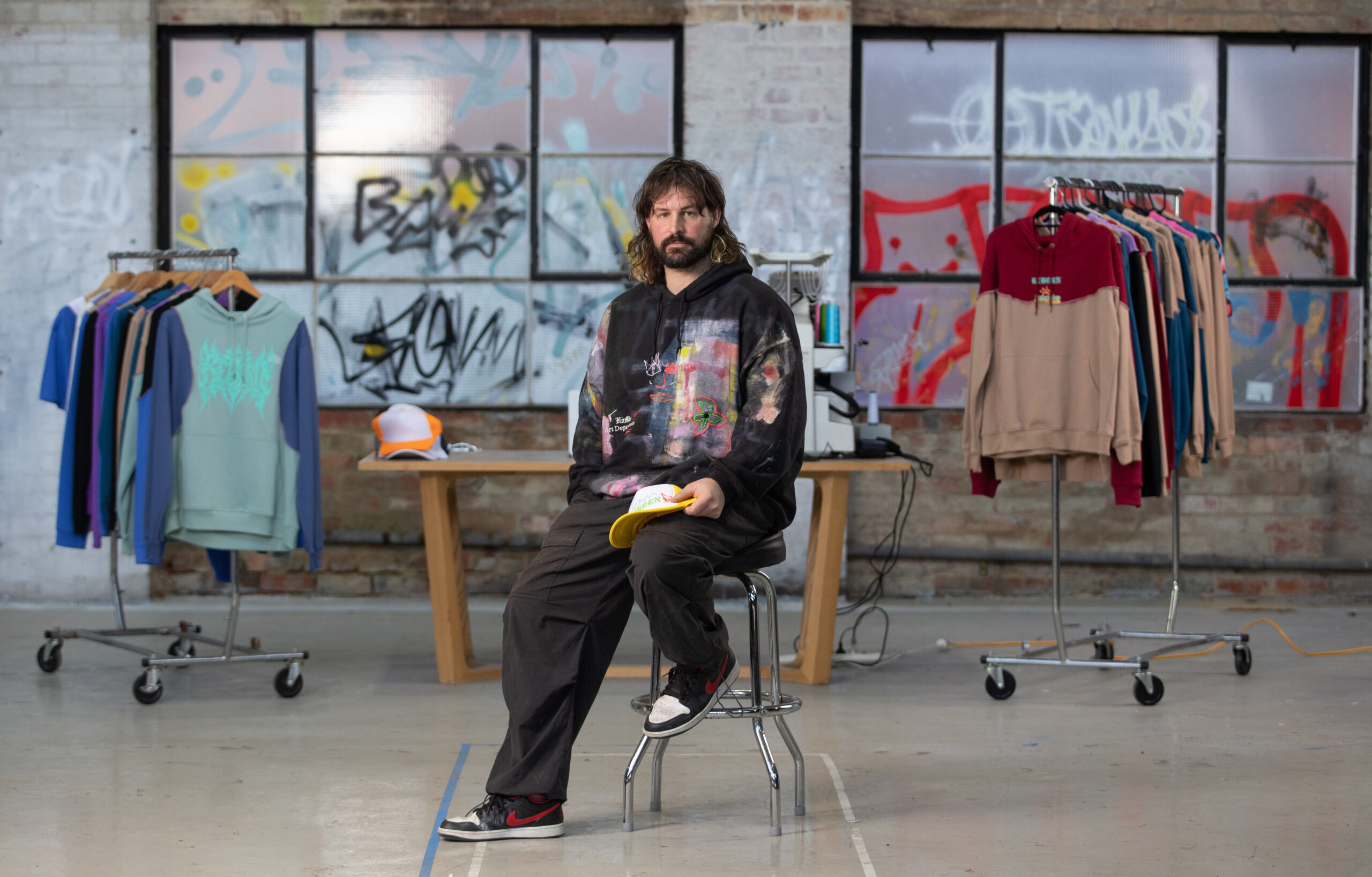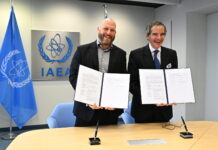Revolutionizing Streetwear Design with Microsoft Copilot: A Case Study of HoMie
A few months back, Marcus Crook, the co-founder and creative director of Melbourne-based streetwear label and social enterprise HoMie, had a spark of inspiration. He envisioned a new design for their apparel line that echoed the bold, edgy aesthetics of 1990s metal bands. This idea was not just about fashion; it was about creating a piece that resonated with the brand’s ethos and its mission to support young people affected by homelessness and hardship.
To bring this idea to life, Crook turned to Microsoft Copilot, a generative AI assistant integrated into Windows. He typed in his vision: "1990s metal band style font with the word ‘HoMie’ in one color screenprint, with distressed effects, black font on a white background." In mere moments, Copilot generated a series of simple, cartoon-like images. Crook then transferred these initial designs into his preferred editing software, where he refined and manipulated the angles to achieve a sculptural, spidery effect. What could have taken days to design was completed in just two hours.
The final product, an embroidered sweatshirt known as the Gothic Crewneck in teal, is now available on HoMie’s online store. Every sale contributes to HoMie’s mission, directly aiding young people facing homelessness or hardship.
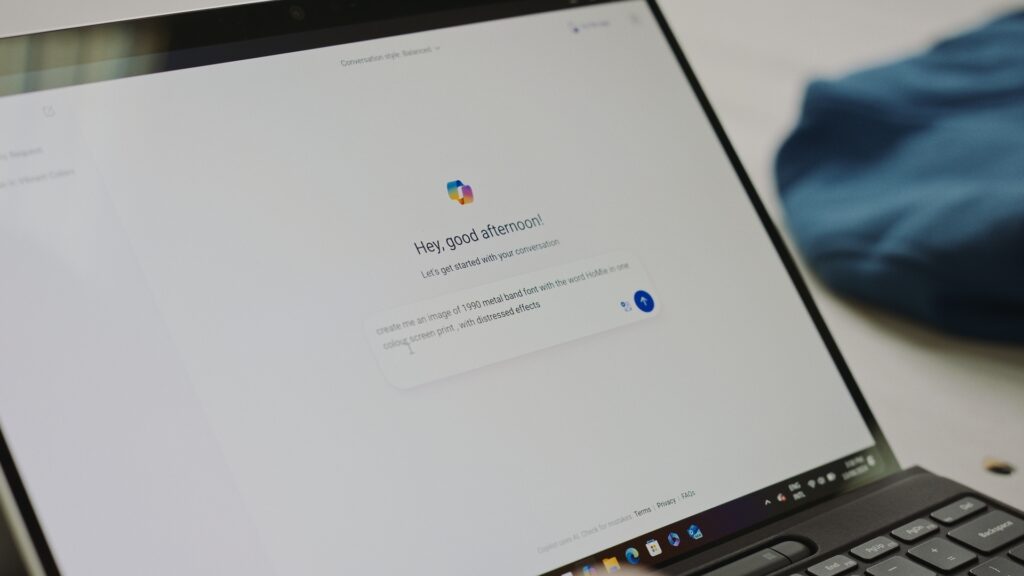
Embracing Generative AI in Fashion Design
Marcus Crook acknowledges the controversial nature of generative AI, especially in creative fields. Critics often argue about the authenticity and potential job displacement that such technology might cause. However, Crook views Copilot as a tool to expedite the creative process, allowing him to translate ideas from concept to reality swiftly.
Generative AI tools like Microsoft Copilot leverage large language models (LLMs), which are trained on massive datasets to generate text, images, code, and more. These tools represent a significant technological leap, comparable to the advent of the web browser or the smartphone. Their ability to produce content in seconds has raised concerns among creatives about the future of their professions. Despite these concerns, Crook believes that tools like Copilot can be an invaluable asset, enhancing creativity rather than stifling it.
Last year, Crook was given a Surface Laptop Studio 2 by Microsoft as part of a marketing campaign involving social media influencers in Australia. This year, he began utilizing Copilot, finding that it allowed him to kickstart the creative process more efficiently.
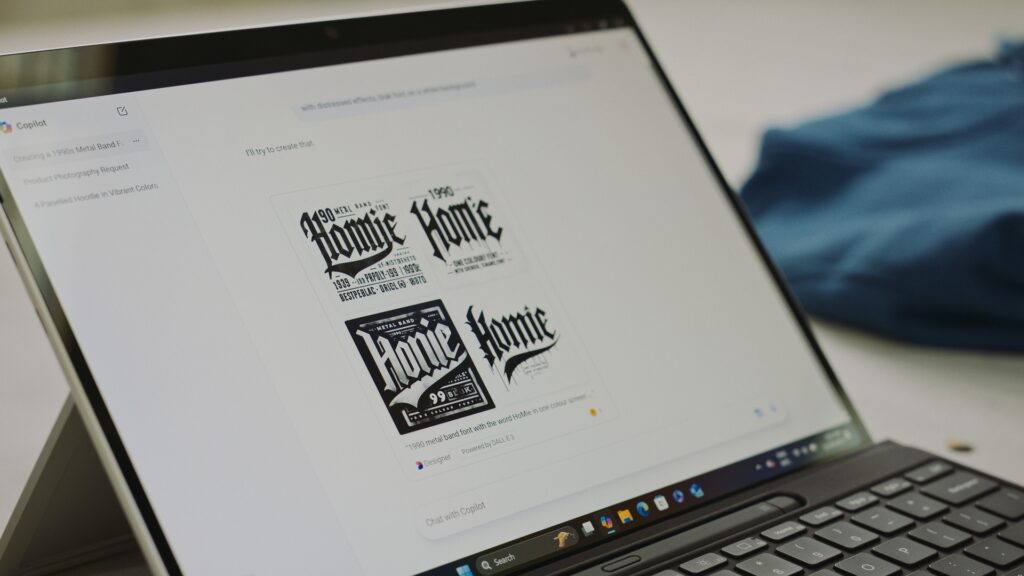
The Mission Behind HoMie
HoMie was founded a decade ago by Crook and his friends to support young people affected by homelessness. The organization provides resources such as donated clothes and free haircuts. Over the years, HoMie has expanded its operations to include a sub-label, REBORN, which collaborates with high street brands to repurpose excess stock, preventing it from ending up in landfills. The proceeds from these upcycled designs fund social impact programs.
Melbourne, often ranked among the world’s most livable cities, has seen a rise in homelessness. The Australian Bureau of Statistics’ 2021 census recorded 30,066 people experiencing homelessness in Victoria, a significant portion of the national total. This figure represents a 24 percent increase from five years earlier.

A Personal Journey
Crook grew up in a small town outside Melbourne and moved to the city to pursue a career in football. He worked various jobs, including photographer, videographer, and retail assistant. During his lunch breaks at a clothing store, Crook and his friends would talk to people affected by homelessness, listening to their stories and learning how easily one could end up on the streets.
One Christmas, Crook and his future co-founders set up a pop-up shop with donated clothing for those in need. This initiative laid the foundation for HoMie, which now operates a store on Melbourne’s Brunswick Street, offering a unique line of streetwear.
HoMie also provides paid internships to young people experiencing homelessness. These internships offer vocational training and paid work at high-street retailers, culminating in an accredited business certificate. To date, nearly 60 young people have completed the eight-month program. Additionally, around 3,200 young people have benefited from HoMie’s services, which include free shopping, haircuts, and coffee.
“For me, what’s really important is I have to be innovative and do what’s best for our organization,” Crook said. “If we can be more efficient in creating products, that time and money can be spent on our social impact programs.”
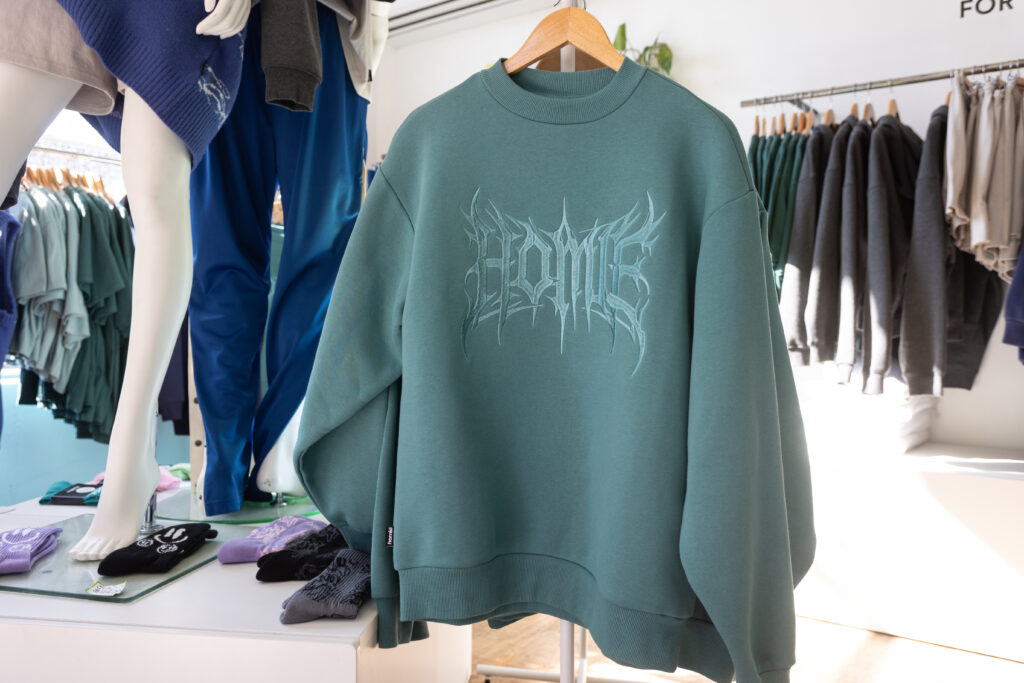
Navigating the Ethical Landscape of AI
Crook uses Copilot not just for design but also to create pitches for potential partners, showcasing upcycled garment designs before they are even made. This capability has significantly streamlined the process of securing collaborations with brands, allowing Crook to present numerous ideas in hours rather than weeks.
Once a design is finalized, the real artistry occurs in the remaking and manufacturing process. Skilled machinists bring these visions to life, ensuring the final product meets high standards of craftsmanship.
However, Crook has set ethical boundaries for using AI. While he is comfortable using Copilot to generate flat-lay imagery of designs, he avoids using it to generate images of people, partly due to concerns about AI bias. He believes that AI should be seen as a tool to enhance human creativity, not replace it.
Ultimately, Crook envisions a future where AI is an integrated part of the creative process. “People will start seeing it [AI] as a tool and not an enemy that is going to take their jobs,” he said. “It will give people better outputs and help save time.”
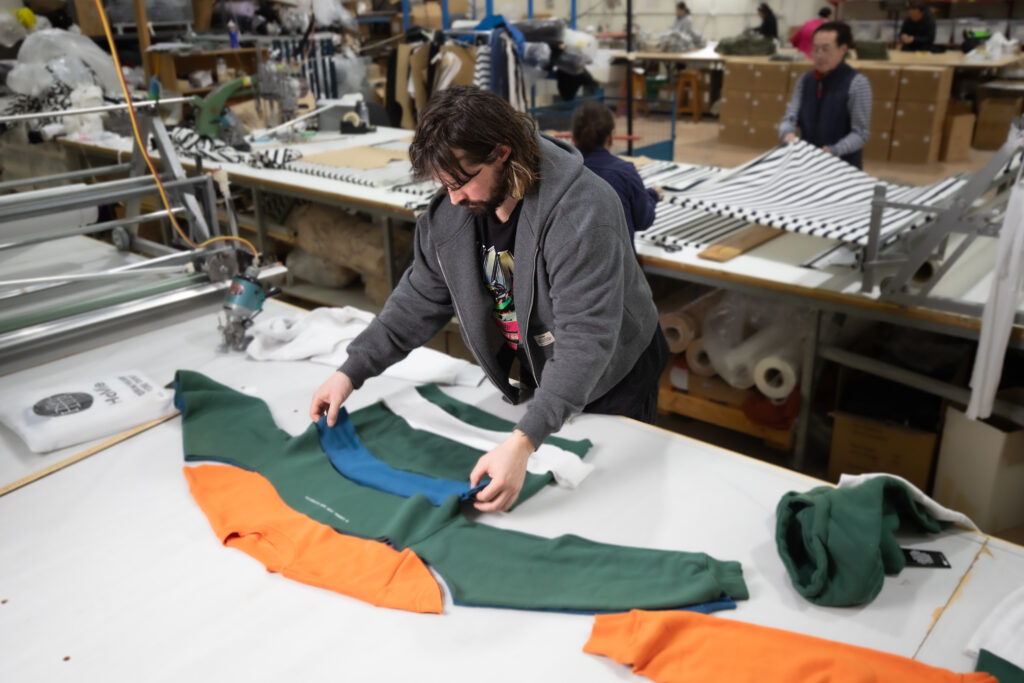
Conclusion
The story of Marcus Crook and HoMie exemplifies how generative AI can be harnessed to drive innovation in fashion design while supporting a noble cause. By integrating Microsoft Copilot into his workflow, Crook has been able to accelerate the design process, allowing more time and resources to be dedicated to HoMie’s social impact programs. As AI technology continues to evolve, it holds the potential to become an invaluable tool for creatives, offering new ways to bring their visions to life while addressing some of the world’s most pressing social issues.
For more Information, Refer to this article.



















